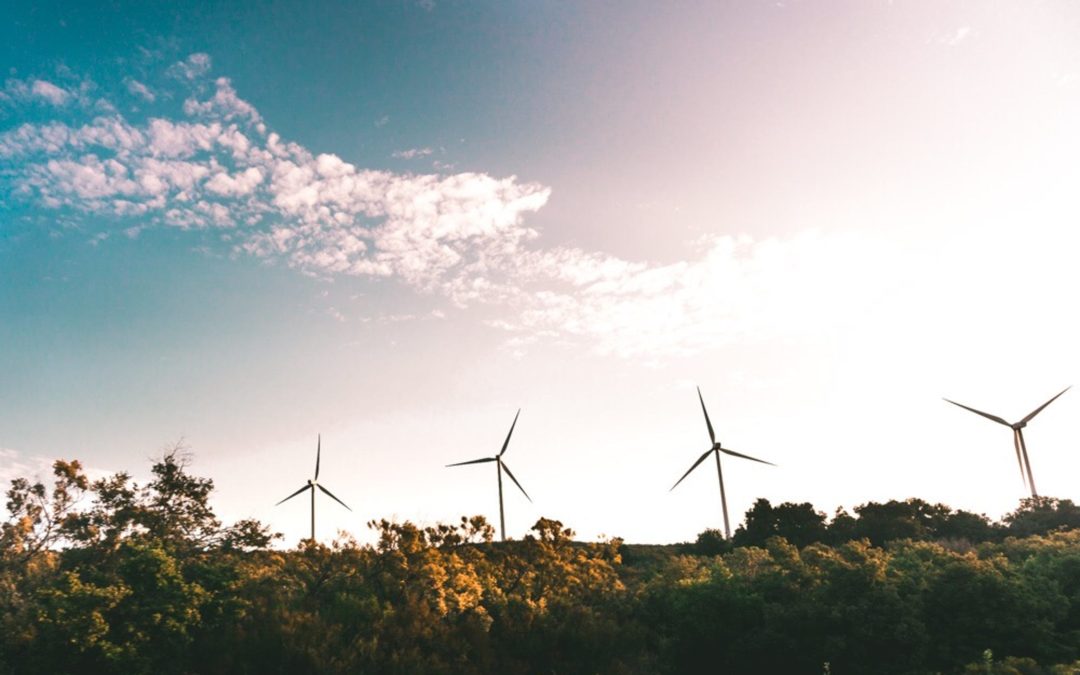Article Source: The Hill
Article Link: https://thehill.com/changing-america/sustainability/energy/485142-how-did-wind-power-just-become-americas-biggest
Wind power finally knocked hydroelectric out of the top spot, and renewables are now on track to surpass natural gas by 2050.
In 2019, the United States generated about 4.1 trillion kilowatt-hours of electricity.
According to new figures from the U.S. Energy Information Administration, here’s a rough breakdown as to where all that power came from:
Sixty-three percent is still generated by fossil fuels, such as coal, natural gas and petroleum, while 20 percent is generated by nuclear power plants.
Eighteen percent is now generated by renewable resources such as wind, solar and hydroelectric power from dams and other water-generated power plants.
The renewable energy sectors are surging and are predicted to be nearly 40 percent of the U.S. energy market within the next three decades.
And wind is the one breezing to the front of the pack. For the first time in history, wind turbines created more electricity than the longtime renewable champ, hydroelectric dams.
The world’s first hydroelectric power plant opened on the Fox River in Appleton, Wis., in 1882.
Today, hydroelectric power is most prevalent in the Western part of the United States. The state of Washington, with the massive Grand Coulee River Dam, gets two-thirds of its electricity from water-fueled power plants.
But dams have created problems, including environmental disasters, flooding and water shortages. The power they generate is also dependent on rainfall averages that swell rivers.
In comparison, wind power in the United States is relatively new. Nearly 77 percent of all wind turbines have been installed in just the past decade, and wind farms are now meeting part of energy needs in all 50 states.
“The past decade saw a steady increase in wind capacity across the country and we capped the decade with a monumental achievement for the industry in reaching more than 100 GW,” says Tom Kiernan, CEO of the American Wind Energy Association.
“With all of that capacity in the ground wind projects were able to deliver 7.2 percent of the nation’s electricity in 2019. That means U.S. wind farms can power over 32 million homes from close to 60,000 wind turbines spinning across 41 states. The industry is proud to provide consumers with clean, affordable power that keeps utility costs stable and avoids carbon emissions contributing to climate change.”
The gusts in wind power have been fueled in part by the Production Tax Credit (PTC), as well as new technology that has made blades and engines more lightweight and efficient. Electricity generated by the mills can now be stored in batteries or fed into grids, so there’s plenty of power left over from a windy day to tide over the doldrums.
Solar power still trails behind, contributing less than 2 percent to the U.S. commercial electricity grid. But it, too, is a fast-growing industry. It employs about 242,000 people and generates tens of billions of dollars of economic value.
In fact, some farms are so powerful that individual mills have to be locked down on a windy day or they will produce more power than can be safely fed into the grid.

